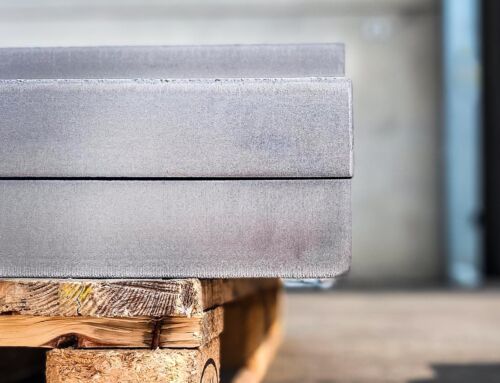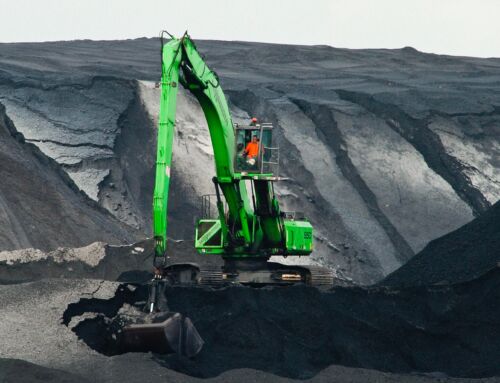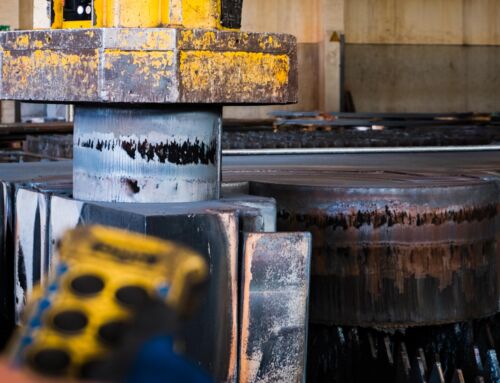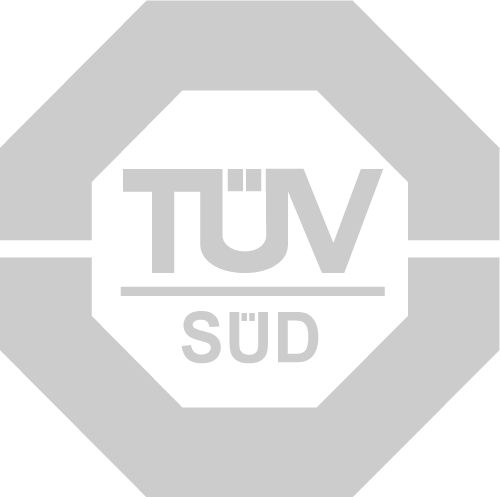Sidertaglio Lamiere specializes in flat sheet metal processing.
Flat sheets, that is, derived from a mechanical process known as rolling, are divided into thin (thicknesses less than 2mm) , medium (thicknesses between 2 and 4mm) and thick (thicknesses greater than 4mm). Sidertaglio Lamiere mainly processes heavy steel plates. On average, the steel mill produces 4 types of semi-products whether it uses the blast furnace (continuous cycle based on iron ore and carbon coke) or the electric furnace (scrap recycling by smelting through electric arc). These seeds produced are: billet, blumo, ingot and slab. As for flat sheets, the slab is the semi-product from which the rolling process starts.
Structural sheets are the most widely used product in the engineering industry. They are used for the production of infrastructure such as viaducts and bridges, for the production of industrial machinery, for the production of other derived steel products such as profiles like beams, and many others. If we are in the age of steel today, it is mainly because we have the flat structural sheets that made a major contribution to the first Industrial Revolution. They are rolled by the steel mill and then processed by cutting to size (oxicutting, plasma cutting, laser cutting, automatic punching, water jet). They can also be bent or calendered, stretched or compressed, that is, undergo plastic modification in order to obtain the desired final artifact. There are particular factors of flat sheets that determine their good use, one of them and perhaps the most important is weldability.
General or specialized carpentry pays much attention to this property of structural steel because Ceq or Cev, is the main actor when it comes to joining two pieces by welding, The weldability value is directly related to the chemical element of Carbon ( symbol C). Carbon is a fundamental element, since as we said last time, steel does not exist in nature and the first product that steelmakers obtain from the fusion of iron ( FE symbol) with carbon …is cast iron. Through steelmaking processes, the steel mill will achieve decarburization, that is, the reduction of C (carbon) in the melt, so that it can go from the initial cementite (Fe3C) to steel. Not to bore us too much with academic data and to simplify for more practical use, we can say that a high percentage of C impairs weldability ergo to obtain a weldable sheet we will absolutely have to reduce the C, which in the specifics of train sheets (composed of semi-hard steel) is around 0.16 -0.18 %.
Structural sheets, of course, are accompanied by a certificate that testifies to the production cycle of fabrication from the chemical analysis of the liquid steel to the mechanical rolling process and any heat treatment. All this is regulated by European standards, and specifically regulating the production of coarse flat sheets is EN 10025. In the manufacturer’s certificate, it is essential to have the name of the manufacturer, the rules governing the compilation of the certificate, the rules governing the production of the product, the rules governing the dimensional characteristics of the product, the chemical analysis of the initial casting, the characteristics of the destructive mechanical tests such as elongation, tensile, bending, yielding, any heat treatment after rolling, ultrasonic testing, and other details that we will discuss later.
The steel mill certificate or mill test certificate (MTC) is the identity card of the sheet metal. It is the only document that attests to the goodness of the product, and without this document in the event that there are any problems during processing, we cannot trace it back to the manufacturer ergo we cannot possibly challenge the goodness of the sheet metal. Sidertaglio Lamiere has been working with qualified manufacturers for decades, and each sheet metal used has its own identity card. We preferably use the material in S355J2+N i.e., a sheet metal that has mechanical properties of ultimate tensile strength (certified value Rm) and a yield point (certified value Reh or Rp02) optimal for plastic processing combined with excellent weldability guaranteed by an optimal and normed carbon equivalent value (Ceq or Cev i.e., weldability index).
Suddette sheets (S355J2+N) also underwent post-rolling heat treatment so as to ensure the elimination of internal structural stresses due to the pressure experienced in the production cycle. Normalization treatment, which can be by fine rolling in temperature control or by placing the sheet in a special oven, allows for a product that will better react to stresses due to hot cutting or bending or calendering. The search for increasingly high-performance products, quality manufacturers combined with decades of experience in sheet metal processing enable us to guarantee both the quality of the source product and production performance. From a good slab you get good sheet metal, and starting from a good sheet metal you cut, bend, calender and weld better.







